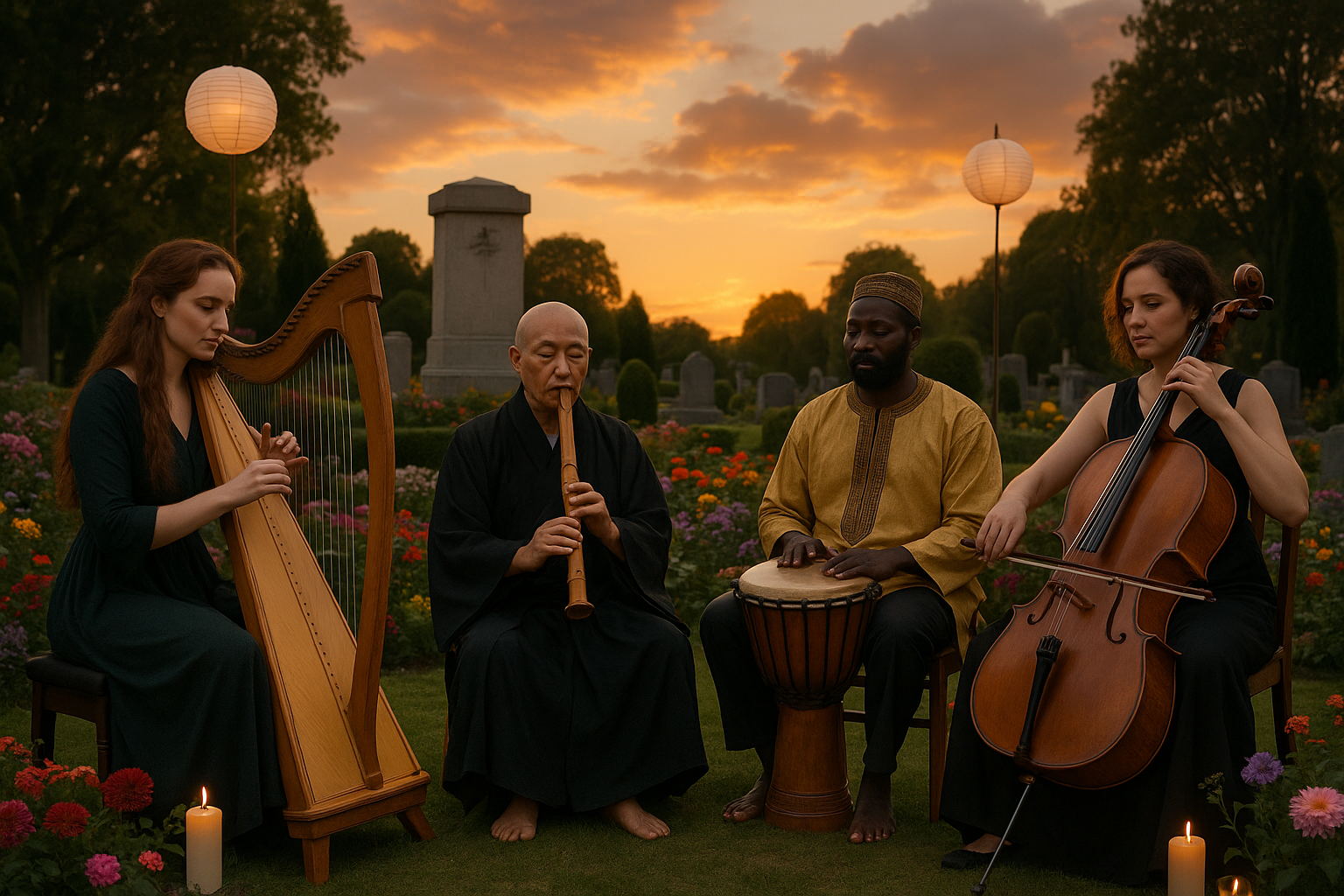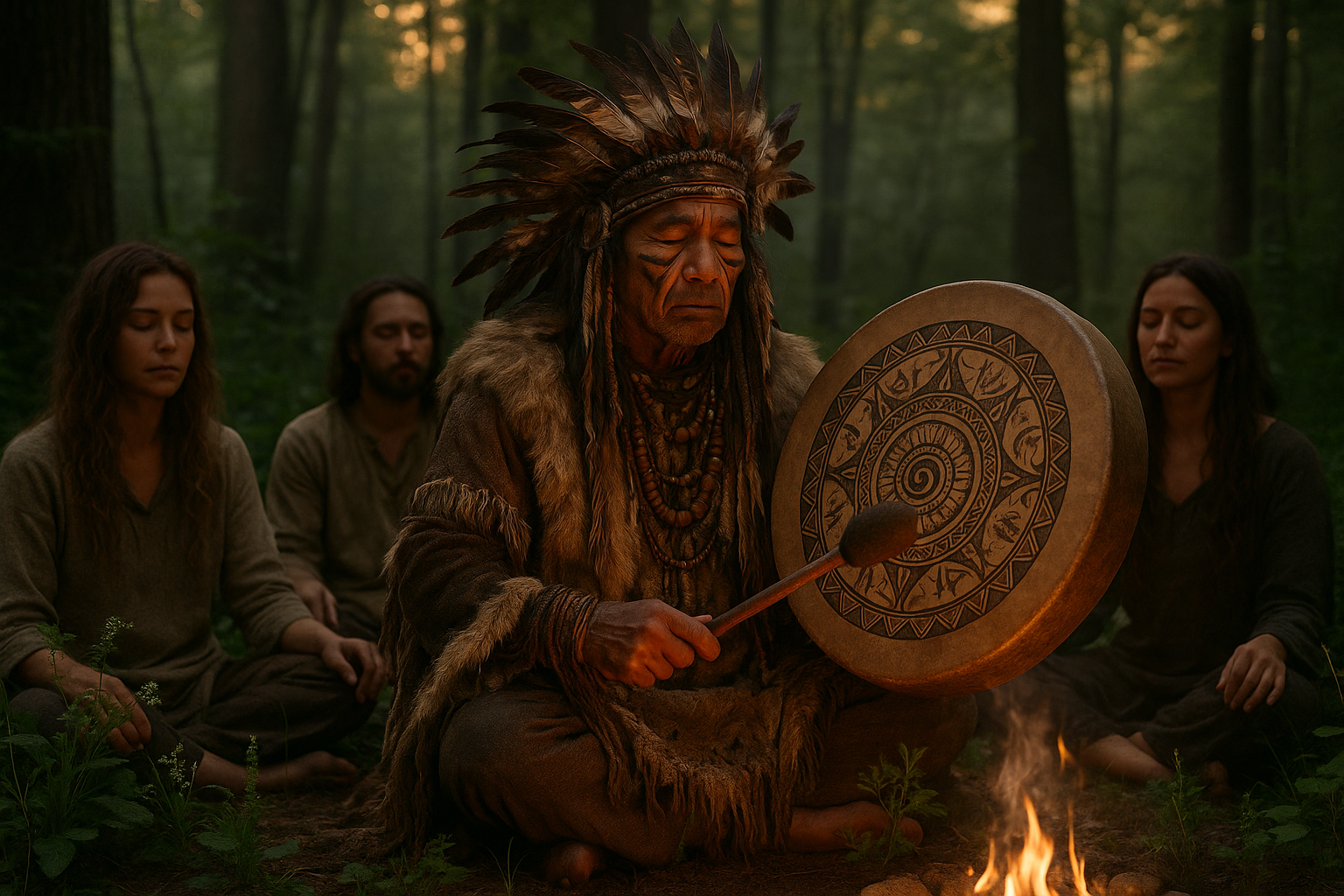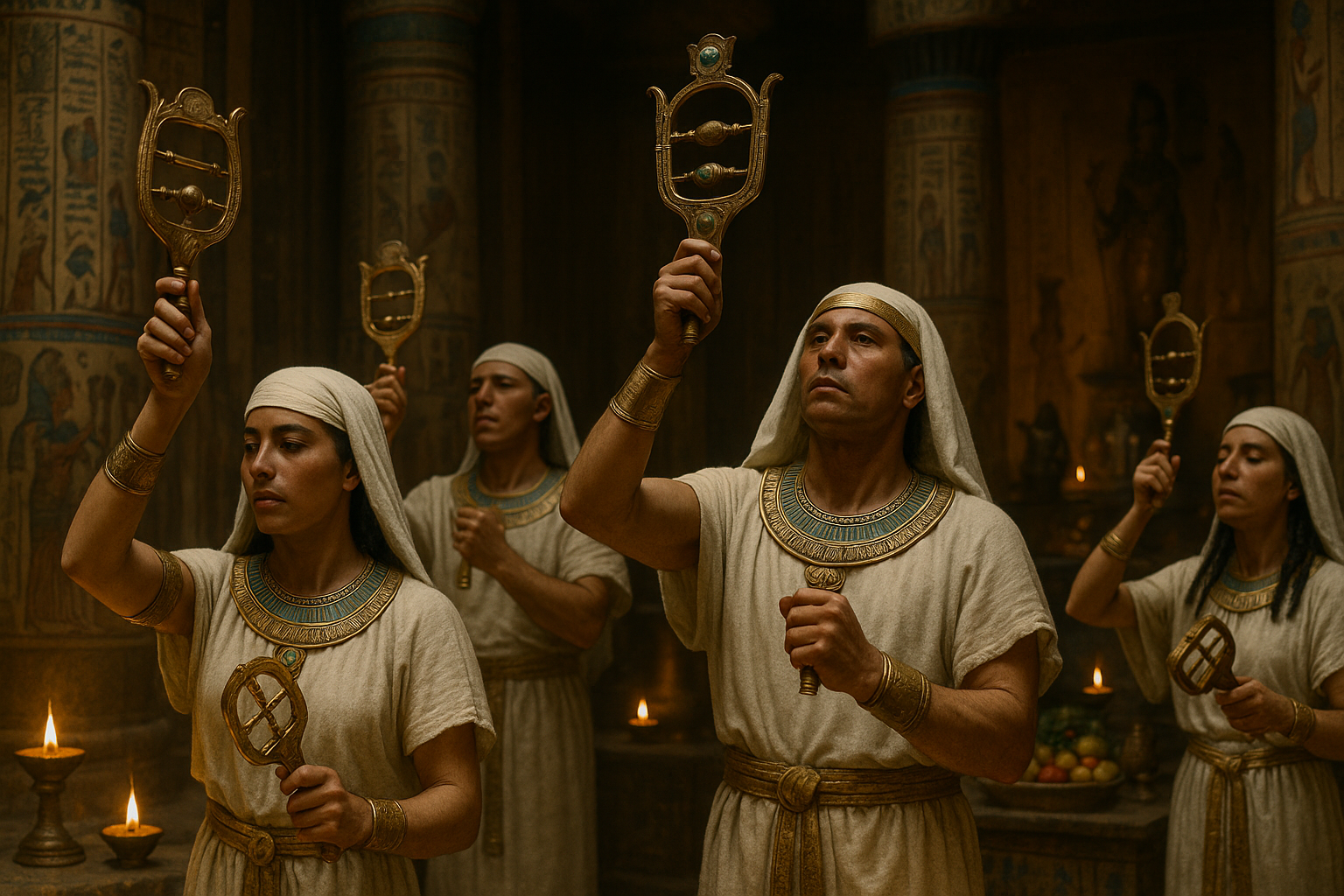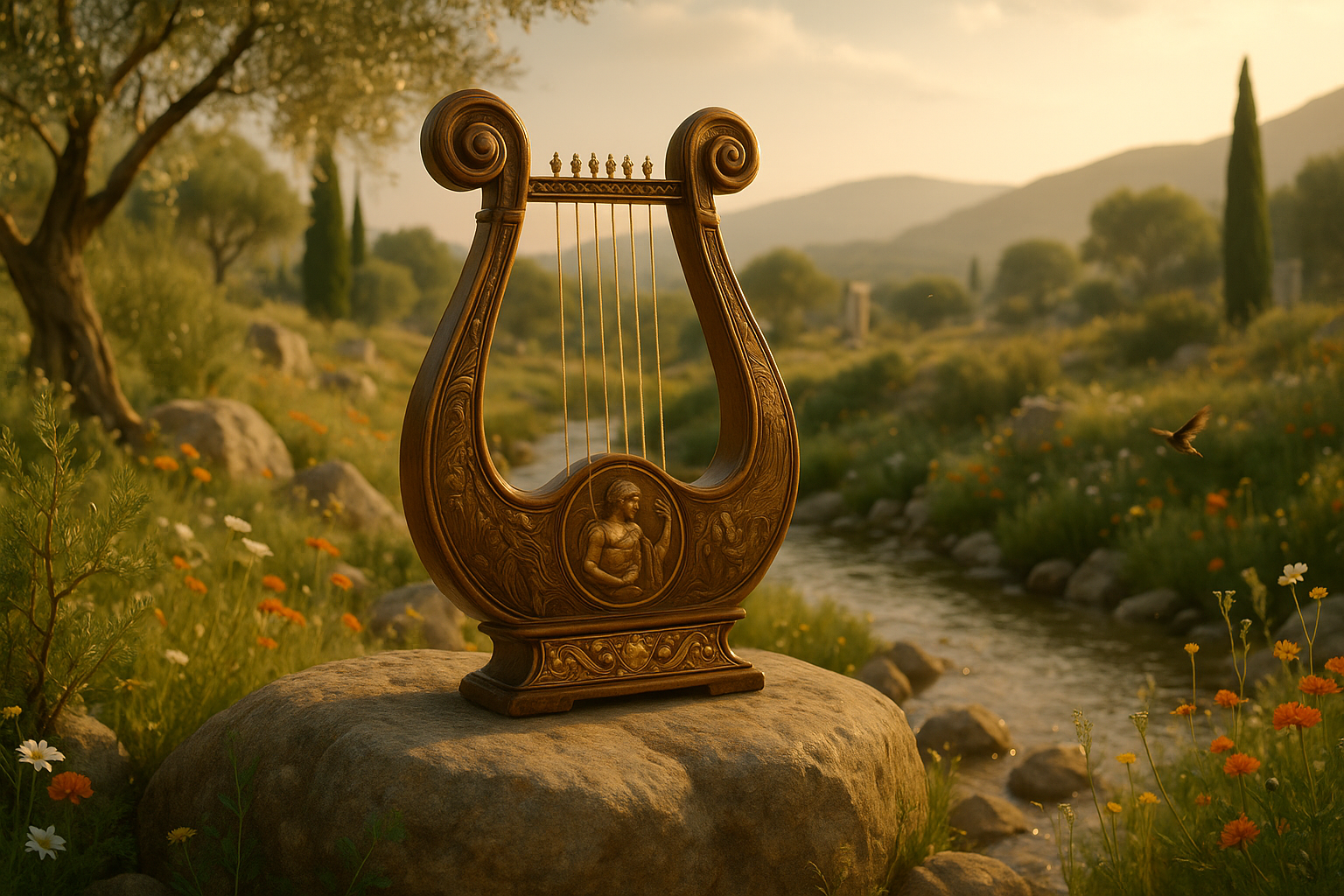Music has been an integral part of human culture for millennia, echoing through time and transcending borders. It holds the power to express what words cannot, often capturing the essence of our deepest emotions. When it comes to the end of life, music continues to play a crucial role, serving as a bridge between the living and the dead. But have you ever stopped to wonder about the diverse world of funerary music traditions across different cultures? 🌍 This article delves into this fascinating subject, exploring the myriad ways in which societies around the globe celebrate and commemorate life through music.
Funerary music is more than just a backdrop for solemn occasions; it is a profound expression of cultural identity and belief systems. In many traditions, these musical expressions are carefully curated to guide the soul on its journey, offer comfort to the grieving, and celebrate the life that was lived. This journey into the world of funerary music will take us from the melancholic strains of the Western requiem to the vibrant rhythms of New Orleans jazz funerals, and beyond.
Our exploration begins with the somber yet majestic sounds of Western classical music. In this tradition, compositions like Mozart’s “Requiem” and Verdi’s “Messa da Requiem” are often performed to honor the deceased. These masterpieces capture the raw emotions of loss and hope, illustrating how music can provide solace and a sense of closure. We will examine the historical context of these compositions and their lasting impact on funerary practices in the Western world.
Next, we journey to Africa, where music and dance are inseparable from the fabric of life and death. In many African cultures, funerals are vibrant celebrations, marked by rhythmic drumming and joyous singing. These performances serve not only as a farewell to the departed but also as a means to unite the community in shared grief and joy. We will explore how these traditions reflect the belief in the cyclical nature of life and death, and the enduring connection between the living and their ancestors. 🥁
In Asia, the diversity of funerary music is equally astounding. From the haunting melodies of Japanese Buddhist chants to the elaborate funeral rites in Hindu traditions, music plays a crucial role in guiding the soul’s transition to the afterlife. We will delve into the symbolism embedded in these musical practices and how they align with the spiritual beliefs of their respective cultures.
Latin America offers another rich tapestry of funerary music traditions, where the Day of the Dead celebrations in Mexico stand out as a unique blend of pre-Columbian and Catholic influences. During this time, music becomes a medium through which the living honor the dead, inviting their spirits to join in the festivities. We will explore the vibrant music and rituals that characterize this tradition, highlighting the celebratory aspect of remembering and honoring loved ones.
Throughout this article, we will also touch upon the modern evolution of funerary music. In an increasingly globalized world, traditional practices are often blended with contemporary influences, resulting in new and innovative expressions of grief and remembrance. We will look at how these changes reflect broader shifts in societal attitudes towards death and mourning.
By the end of our exploration, you will have gained a deeper understanding of how music transcends cultural boundaries, uniting us in the shared human experience of life and death. Whether through the solemnity of a requiem or the exuberance of a jazz procession, funerary music speaks to the heart of what it means to be human. It is a reminder of our universal desire to honor those who have passed, to find meaning in loss, and to celebrate the eternal harmony that binds us all. 🎶
Join us as we embark on this journey through sound and tradition, uncovering the rich diversity and profound significance of funerary music around the world. Through this exploration, we hope to illuminate the ways in which music can offer comfort, foster connection, and provide a lasting tribute to those who have departed. Let’s dive into the melodies and rhythms that accompany the final journey, and discover the stories they tell.

Conclusion: Embracing the Eternal Harmony of Funerary Music Traditions
In exploring the vast and varied landscape of funerary music traditions, we have embarked on a journey through different cultures, historical contexts, and spiritual beliefs that underscore the universality and diversity of music at the end of life. From the soulful requiems of the Western classical canon to the vibrant and celebratory rhythms of New Orleans jazz funerals, each tradition offers unique insights into how societies understand and commemorate death. 🎶
As we have seen, funerary music serves not only as a form of solace and mourning but also as a profound expression of cultural identity and spiritual transcendence. It bridges the gap between the living and the deceased, providing comfort and continuity amidst loss. This music allows us to celebrate the life that was, reflect on our mortality, and perhaps find peace in the eternal cycle of life and death.
The thematic exploration also highlighted the evolving nature of funerary music, reflecting societal changes and technological advancements. Today, digital platforms and new genres continue to reshape how we experience and participate in these rites, making funerary music more accessible and personalized than ever before.
Understanding and respecting these traditions enriches our appreciation of human diversity and deepens our empathy for one another. It reminds us that while death is a universal experience, the ways we choose to honor and remember our loved ones are as diverse as humanity itself.
We encourage you to reflect on the funerary music traditions that resonate most with you. Consider how these traditions can inform your own experiences and practices. Perhaps they can inspire you to create new rituals or to revisit the music that has shaped your understanding of life and death.
Feel free to share your thoughts and personal stories in the comments below. Engage with your community by sharing this article, and let’s continue this conversation on the importance of music in our most poignant moments. Together, let’s embrace the beauty and power of funerary music as a testament to our shared human experience. 🌍
—
For further exploration, you may consider visiting [Music and Death in Cross-Cultural Perspectives](https://www.verywellmind.com) for more insights into how different cultures integrate music into their funeral practices.
Thank you for joining us on this exploration of funerary music traditions. May this understanding bring harmony and comfort to all of life’s transitions.
—
Feel free to expand this summary into a longer conclusion by diving deeper into each point or adding more specific examples from the article.
Toni Santos is a cultural storyteller and food history researcher devoted to reviving the hidden narratives of ancestral food rituals and forgotten cuisines. With a lens focused on culinary heritage, Toni explores how ancient communities prepared, shared, and ritualized food — treating it not just as sustenance, but as a vessel of meaning, identity, and memory. Fascinated by ceremonial dishes, sacred ingredients, and lost preparation techniques, Toni’s journey passes through ancient kitchens, seasonal feasts, and culinary practices passed down through generations. Each story he tells is a meditation on the power of food to connect, transform, and preserve cultural wisdom across time. Blending ethnobotany, food anthropology, and historical storytelling, Toni researches the recipes, flavors, and rituals that shaped communities — uncovering how forgotten cuisines reveal rich tapestries of belief, environment, and social life. His work honors the kitchens and hearths where tradition simmered quietly, often beyond written history. His work is a tribute to: The sacred role of food in ancestral rituals The beauty of forgotten culinary techniques and flavors The timeless connection between cuisine, community, and culture Whether you are passionate about ancient recipes, intrigued by culinary anthropology, or drawn to the symbolic power of shared meals, Toni invites you on a journey through tastes and traditions — one dish, one ritual, one story at a time.




